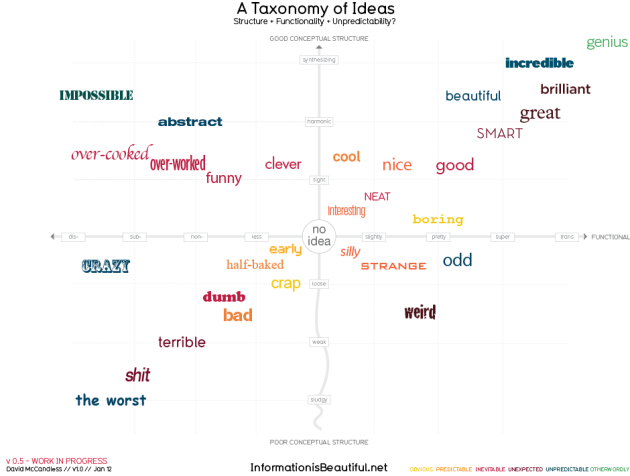MRMLOGIQ and ABN AMRO Expand Brand Portal
ABN AMRO Brand Portal with the addition of a marketing webshop. The ‘Shop’ enables ABN AMRO executives who are responsible for customer communications management to create posters, invitations and advertisements independently, according to local wishes and demand.
Because the publications are generated from a central platform using specialized marketing software by BrandMaker, all marketing communications meet the predefined ABN AMRO brand requirements and campaign requirements. Moreover, the right quality and price for production and processing are guaranteed, because orders are sent automatically to the right supplier.
Frans Riemersma of MRMLOGIQ:
Together with the ABN AMRO Brand Portal project team we’ve examined the large number and variety of the existing (marketing) communications materials. In order to better serve the information needs of ABN AMRO clients, we have distilled a set of core materials, which we can use as a basis. Embedding this new set of materials in a technology platform is an important step in the transformation process. In the next few months, we will be adding new materials to the Shop.
Madelon van Mierlo, Head of Brand Management of ABN AMRO:
By introducing the ‘Shop’, we have taken great steps toward the efficient development of (marketing) communications materials. With this new tool we are able to standardize certain materials. This means we won’t have to start from scratch every time we need a poster for the opening of a new branch, or an invitation to a seminar. Not only is this approach very cost-efficient, it also ensures consistency of our marketing communications.
. .








